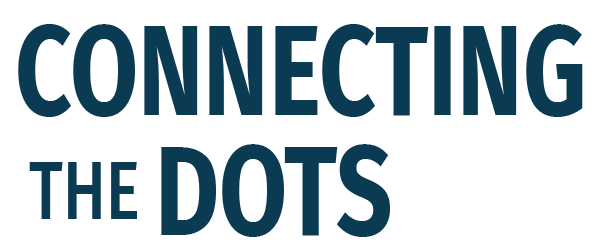
Trade War Is Coming, But We Don’t Know How
-
 Patrick Watson
Patrick Watson
- |
- June 26, 2018
- |
- Comments
We’re in a trade war. No, we’re not. Yes, we are, but it won’t be so bad.
I heard all those conclusions in the last few weeks as President Trump ordered tariffs on US trading partners and threatened even more.
Who’s right?
That’s the wrong question. Trade war isn’t a light switch you flip on and off. It’s more like a big room with hundreds of dimmable lights, and the possible combinations are endless.
Trying to simplify complex situations, we often lose full understanding of them. We miss the nuances, and the nuances can matter—a lot.
So, to see the whole picture, skip the “either/or” arguments and enter the world of “both/and.”

Photo: Getty Images
Between Bad and Terrible
I read a lot of economic research while editing John Mauldin’s Over My Shoulder service. Recently, we sent subscribers three important trade-war analyses. Each highlighted an important detail that was lost in the news coverage.
Like what you're reading?
Get this free newsletter in your inbox regularly on Tuesdays! Read our privacy policy here.
The first was from Dr. Woody Brock of Strategic Economic Decisions. He agrees that trade war fears are behind much of this year’s market volatility and could get worse. At the same time, he thinks comparisons to the 1930s Smoot-Hawley tariffs overdone:
- Back then, manufacturing and farming drove the US economy. Now service occupations generate more than 80% of private-sector incomes. Tariffs have little direct effect on these.
- US exports come mostly from highly automated industries that employ far fewer people than the segments hurt by Smoot-Hawley. The main impact of tariffs now will be to idle machines, not people.
- Farm and factory owners will be hurt as much and maybe more than human workers are, since their capital assets will stop generating income.
Dr. Brock estimates a significant trade war in today’s economy would reduce Gross National Income by about 2% over three years. That’s far less than the 8% drop Smoot-Hawley caused in the 1930s.
So, if we get into full trade war, it won’t be nearly as bad as the best-known historical precedent. That’s good news. But remember, think in “both/and” terms.
Trade wars now can both…
- cause less damage than Smoot-Hawley, and
- still wreak havoc on the economy.
Those aren’t conflicting conclusions. Both can be true… and we may soon find out what that looks like.
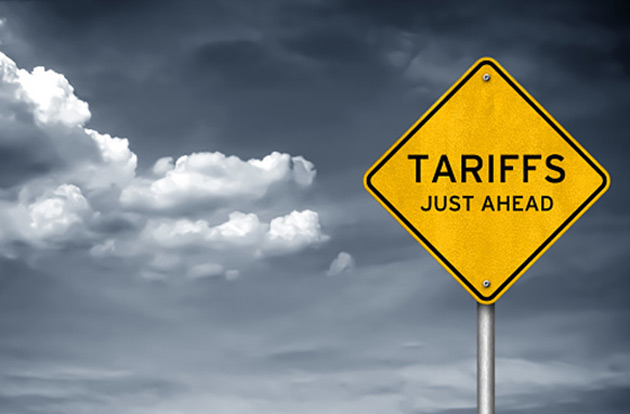
Photo: Getty Images
Not a Drill
In early June, we sent Over My Shoulder subscribers an issue of Danielle DiMartino Booth’s Daily Feather. Her jarring title: This Is Not A Drill, The Trade War Is Live.
Booth looked at global trade data and saw a significant slowdown coincident with President Trump intensifying his rhetoric in March.
This chart tells the tale:
- World Trade Volume (green line) dropped abruptly in March.
- The Global Manufacturing Purchasing Manager’s Index (red line) posted its biggest three-month drop since 2012.
- Credit Manager Collection Assessments (blue line) absolutely collapsed in April, then reversed in May as trade rhetoric eased somewhat.
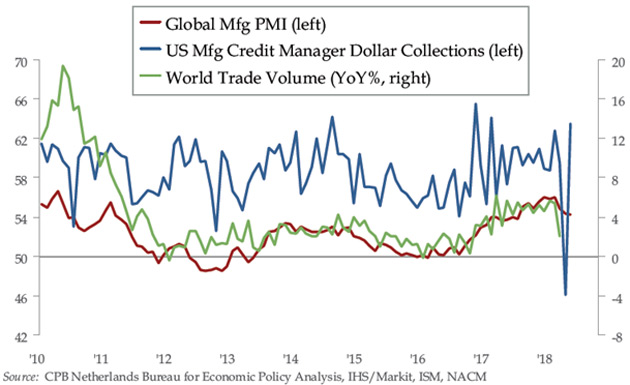
Source: Daily Feather. Reproduced with permission.
The credit manager reports are particularly important. They reflect real-time repayment estimates by businesses that keep a close eye on their incoming cash collections.
Timing is important here, says Booth. Right at the end of May, Trump announced he would impose steel and aluminum tariffs on Canada, Mexico, and the European Union… all of whom promised to retaliate.
Like what you're reading?
Get this free newsletter in your inbox regularly on Tuesdays! Read our privacy policy here.
That, plus subsequent anger at the G-7 summit and actions against China means June data should give us a solid look at the way businesses are reacting to tariffs and other trade changes. Watch for reports in early July.
Three Signposts
The data I see suggests we are entering a significant trade conflict. What we don’t know is how much trouble it will cause. So far, the actual impact is far less than the angry words suggest.
Arthur Kroeber of Gavekal Research addressed this in another report we sent Over My Shoulder subscribers this month.
Kroeber believes US tariffs won’t make China change its industrial and intellectual-property policies, nor will the Trump administration back down. That means gradual escalation is almost certain.
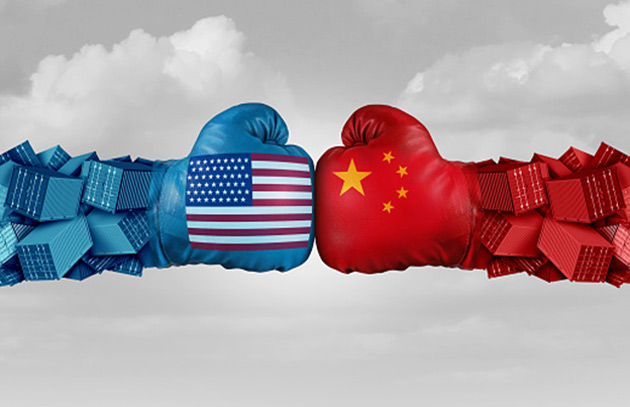
Photo: Getty Images
He also points out that the presently strong US economy will mask tariff impacts, making Trump’s protectionism appear to be working, or at least harmless. Neither is correct, and we will notice quickly if the economy weakens.
That doesn’t mean the worst. Kroeber identifies three signposts we can watch for further clarity:
- Before June 30 (i.e., this week), the White House will reportedly announce new restrictions on Chinese investment in the US. This may prompt Beijing to retaliate, further escalating tensions.
- If the leftist Andrés Manuel López Obrador wins Mexico’s July 1 presidential election, as appears likely, odds rise that Trump will withdraw the US from NAFTA.
- The Commerce Department is conducting a “232” investigation into possible auto and auto part tariffs. It is supposed to finish by February 2019, but rumors suggest they want to finish before the midterm elections. This would mark another escalation.
Depending how those develop, trade war fears could either ease or intensify in the next few months.
But even if the president starts sounding conciliatory, the tension probably won’t disappear. Markets have learned that Trump can turn on a dime, without warning.
And no matter what he does, the last 50 years of globalization will keep losing momentum and eventually reverse. Today’s technology no longer supports it. That economic megatrend preceded this president and will continue after he’s gone.
In other words, the broad trend is away from free trade and toward increasing protectionism and local production. However, the path from here to there is highly uncertain, and it matters to your investment strategy.
Like what you're reading?
Get this free newsletter in your inbox regularly on Tuesdays! Read our privacy policy here.
John and I are tracking this closely in Over My Shoulder and would love to have you join us. Click here to learn how.
See you at the top,
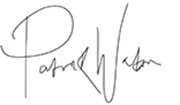
Patrick Watson
@PatrickW
P.S. If you like my letters, you’ll love reading Over My Shoulder with serious economic analysis from my global network, at a surprisingly affordable price. Click here to learn more.

 Patrick Watson
Patrick Watson